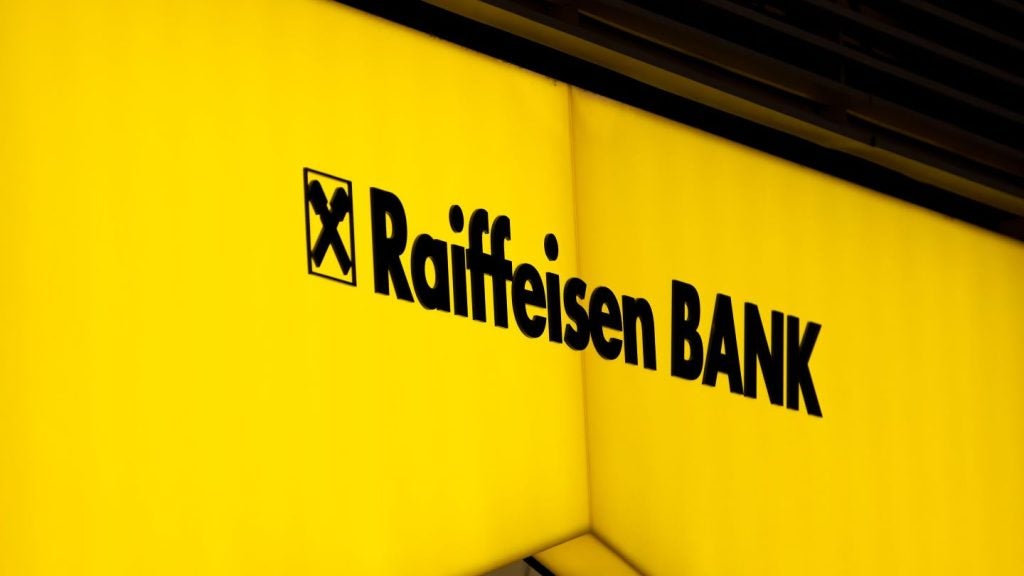
Claire Hack investigates the issues facing the leasing industry in Scandinavia and its neighbours in the Baltic states
The greatest challenge facing the leasing industry in Scandinavia and the Nordic countries is the growing trend towards
tightening regulations within financial services, representatives from markets across the region tell Leasing Life.
Reima Letto, a senior advisor at the Finnish Federation of Financial Services (FFI), identifies increasing regulatory pressure as the biggest challenge to the leasing industry and says the penetration rate is already lower in Finland than the European average.
Much of this concern in the market is linked to the impending implementation of the Basel III regulations, which will dictate how much reserve capital banks are required to hold.
It could also mean independent and other non-bank lessors struggle under the new legislation, as it may be more difficult for them to access primary funding available to banks via the deposit market.
‘Steady but cautious’
How well do you really know your competitors?
Access the most comprehensive Company Profiles on the market, powered by GlobalData. Save hours of research. Gain competitive edge.

Thank you!
Your download email will arrive shortly
Not ready to buy yet? Download a free sample
We are confident about the unique quality of our Company Profiles. However, we want you to make the most beneficial decision for your business, so we offer a free sample that you can download by submitting the below form
By GlobalDataMeanwhile, the leasing industry in Scandinavia and the Nordic countries performed steadily throughout 2012 and expectations for 2013 are generally positive.
"There is steady but cautious growth in Nordic leasing across the region, and the potential for good margins means the market is attractive to new entrants," says Michael Mayes, client relationship director at CHP Consulting.
"This is primarily because of a healthy domestic demand, particularly in Norway and Sweden."
However, he added the contribution of the Norwegian and Swedish economies to the state of the market across the region has been mitigated by struggles in Denmark and Finland.
Statistics from the FFI showed forecasts for Finland’s economy are for minimal GDP growth in 2013, while figures from the DanishFinance and Leasing Association showed growth in the sector in Denmark was flat in 2012 compared with 2011.
Furthermore, in Finland the number of new leasing contracts was down in passenger car and industrial equipment leasing, and managed only minor growth in IT equipment and road transport vehicles in 2012, according to FFI data.
"IT equipment is the biggest [area of demand] followed by the passenger cars," Letto says.
"The share of these users increased [but] the demand for machinery and industry equipment decreased sharply because of the companies’ cautious willingness to invest."
Mayes adds, on the other hand, there is continuing expansion in the Baltic market from some of the key leasing companies in the Nordic region.
FFI’s Letto remains positive on the recovery of the industry in 2013, moreover, and especially in certain market segments.
"IT will most likely continue its growth. The demand for machinery and industry leasing would also recover in 2013," he says.
"Companies are slightly increasing their willingness to invest. The industry is more willing to invest [as well], and consumers have increased confidence in their own economy."
In Finland, he adds, bank-owned lessors make up about 70% to 80% of market share.
While they have the benefit of a wide range of distribution channels, the FFI is still working to make sure the regulatory environment is as industry-friendly as possible.
Artti Aurasmaa, chief executive of Finnish technology lessor 3 Step IT, is a little less optimistic about Finnish growth.
"The economic climate continues to be challenging at least during the first half of the year," he says.
"This slows down the investments of the existing customers, but increases the demand for our asset management services."
"[We are present in] all Scandinavian countries – these are our home markets – [but] Finland is our largest single market,"
"In addition, we see significant growth and potential especially in [Asia Pacific] and Russia," he adds.
Norway
In Norway in 2012 leasing growth was driven by the state and local authority, up 20.4%, and the service industry, up 16.7%.
"The economy in Norway is doing well, especially within the oil-related industry," Anne-Lise Løfsgaard, managing director of the Association of Norwegian Finance Houses, says.
"The service industry is the largest user [of leasing in Norway]. In 2012, total leasing volume increased by 5.7%," she adds.
Like their neighbours in Scandinavia and the Nordic region, the Norwegian association expects new business volume to remain at the same level, or at best to see a small increase.
Løfsgaard also reiterates concerns over the potentially damaging effect on the leasing industry of tighter regulation on financial institutions.
"We do not want the framework conditions to be stricter in Norway than in other Nordic countries or Europe," she says and explains many of the large European bank networks have a strong presence in the leasing market in Norway as well as domestic bank-owned lessors.
"Companies are holding back on their investment," she says.
"The funding situation [will also be difficult] due to the Basel III requirements on equity," Løfsgaard adds.
The mobile technology revolution
3 Step IT’s Aurasmaa understandably sees the greatest opportunities for Nordic leasing in the "technology transition," as more companies in the region adapt to technological trends.
Aurasmaa tells Leasing Life he considers 3 Step IT to be the largest independent IT financial services company in Nordic countries, but says available market data does not include the volumes of captive financing companies so cannot provide exact market share percentages.
"We are an IT specialist and we’ll continue to focus on IT.
"We see enormous potential in the new mobile devices, such as tablets and smartphones.
"In addition, ‘the other side of the cloud’, such as storage, servers, data centres and related software and services, provide interesting growth potential and innovation opportunities," he says.
The transition of technology from Windows-based environments to Android and Apple’s IOS will also be important, according to Aurasmaa, as the popularity of tablet devices grows.
"In addition, we are seeing the first signals of financial recovery in northern Europe, which may increase the overall investment activity during the second half of 2013," Aurasmaa says.
"During the recession the increased need to manage and control costs has increased the demand for our services."
There are no plans at the company for aggressive expansion outside its existing markets; instead, it will focus on growing within existing market areas and within IT assets, Aurasmaa says.
The company is expecting a successful year, and anticipates the continued growth of its profits in 2013 and beyond, he says.
BALTIC NEIGHBOURS
Although not part of the Nordic region, the fast-growing leasing markets of the Baltic states have been heavily influenced by the bank-owned lessors of their larger neighbours across the Baltic Sea, which often dominate the sector.
Estonia
Estonia, as a member of the European Union, has been greatly influenced not only by the global economy but also by economic trends in Europe, according to the Estonian Leasing Association.
However, despite the ongoing debt crisis, the leasing industry in the country performed well in 2012.
New leasing business in 2012 conducted by members of the association came to a total value of 950m, up 28% compared with 2011.
The total value of the members’ lease portfolios came to 1.8bn, up 7.3% compared with 2011.
Finance leases made up 57% of the market last year, followed by operating leases with 23%, and hire purchase with 8%.
In terms of specific assets, the most significant growth was in the rolling stock sector, the association said, in which new business volumes were up 112%, increasing its share in the new sales portfolio to 12%.
The vehicle sector grew by 24%, as did the commercial vehicle sector and their shares in the new sales portfolio were 41% and 17% respectively.
There was also major growth in the machinery and equipment sector, up 16%, giving them a share of 27% of new sales.
Leasing still plays a major role in the Estonian economy, according to the association, and will weather the latest economic storms in Europe, it said.
In 2012, there were clear signs of recovery, the association said, and in 2013, it expects steady growth as business begins to return to normal.
Beyond this, according to calculations made by the association, the annual leasing volume in Estonia as a percentage of GDP has been the highest in the world for the past ten years. It stood at 3.23% in 2010.
In 2011, it joined the eurozone, and in 2012, GDP growth was 3.2%, the association said.
Lithuania
The Lithuanian leasing industry reported 2.6bn Lithuanian Litas (767m) of new business volumes in 2012, up 14% on the previous year. The industry has reported growth of at least 10% in each of the last three years.
2011 new business volumes were 2.3bn Litas or 671m, compared to 744m in Estonia and 524m in Latvia, both countries which already have an affiliation to European leasing trade association Leaseurope.The Association of Lithuanian Banks (LBA) was recently admitted to Leaseurope.
Nordic companies figure largely on the country’s leasing scene, with Danske, DNB, Swedbank, Nordea and SEB all having a presence in the market – the last three between them hold more than 60% market share.
Latvia
New leasing business was up 16.6% year-on-year in the first nine months of 2012, reaching LVL 303m (423m) according to the Latvian Association of Lessors.
Vehicle leasing represents nearly 70% of the market in Latvia, split 40% to passenger cars and 29% commercial vehicles.
Finance leases represent 86% of all leasing transactions conducted in Latvia over the nine months.







